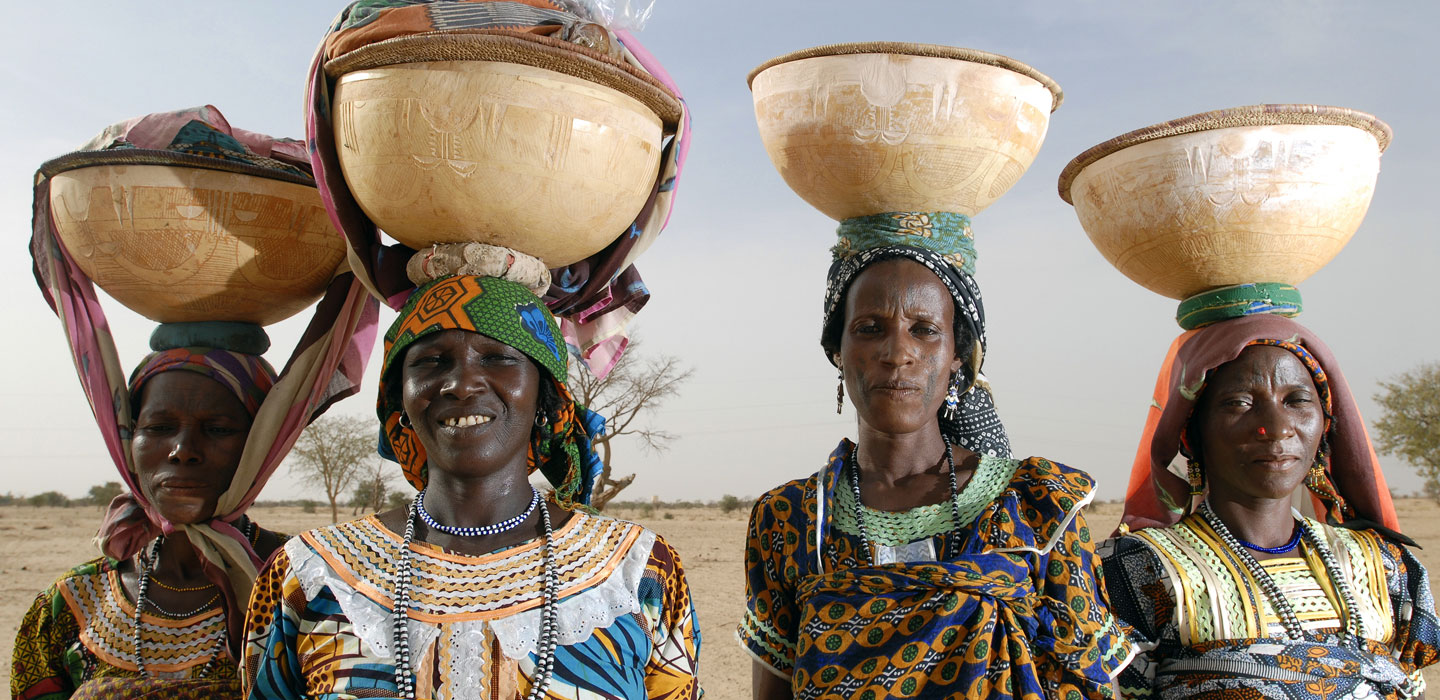Outils et directives
Outils et directives

Outils et directives
Menu Affichage
Search Results Filters
Résultats de recherche
Toolkit: Digital financial services for smallholder households
Note pratique: Créer des partenariats public-privé- producteurs (4P) dans les filières agricoles
Les Notes pratiques sont des outils qui servent à concevoir et à exécuter des projets en tenant compte des meilleures pratiques observées sur le terrain. Elles serviront de mode d’emploi aux équipes afin d’appliquer certaines recommandations relatives aux politiques opérationnelles du FIDA, aux exigences des cycles de projets, et aux outils de financement.
How to do note: Digital financial services for smallholder households
can especially benefit from mobile phone platforms, which offer immediate, safe access to government subsidies, cash transfers and remittances. The messaging features of mobile phones can complement digital financial services (DFSs) by offering timely information on weather conditions, farming tips, market
prices and potential buyers, which can help increase farming yields and profitability.
Lessons learned: Digital financial services for smallholder households
provide a platform for credit and insurance, without smallholders having to visit a bank branch. Mobile phones can also bridge information asymmetries by offering weather forecasts and real-time market prices, which can improve the ability of farmers to prepare and respond to inclement weather and price fluctuations.
Comment suivre les progrès réalisés dans les projets filière
Note pratique: Élevage - analyse de filière et élaboration de projet
L'approche, étape par étape, de l’analyse de filière et de la conception de projet suit le cycle fondamental de conception des projets du FIDA.
Note sur la transposition à plus grande échelle: Ghana
Note sur la transposition à plus grande échelle: Nigéria
Scaling up note: Egypt
Scaling up note: Ethiopia
Scaling up note: Peru
Scaling up note: Sudan
Scaling up note: Bangladesh
Scaling up note: China
Note sur la transposition à plus grande échelle: Mauritanie
Scaling up note: Indonesia
Toolkit: Integrated homestead food production
Since its founding, IFAD has focused on enabling smallholder farmers to increase agricultural production and productivity as a means for reducing poverty.
However, experience shows that increased productivity and incomes do not automatically translate into improved nutritional status of poor rural people, especially women, young people and children.